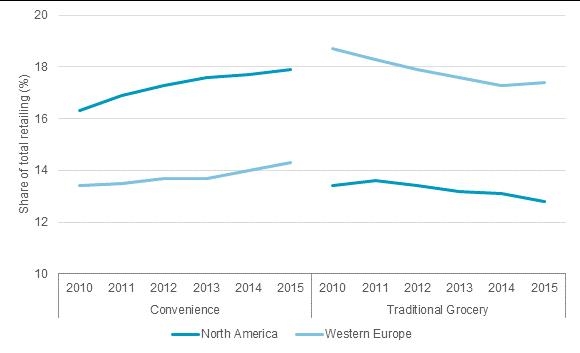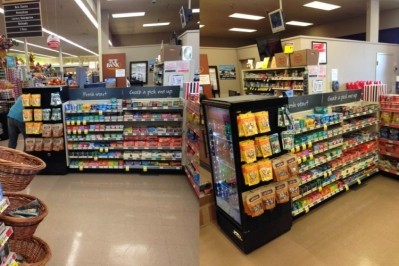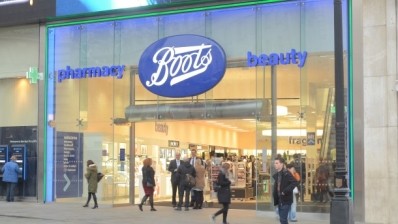Industry Voices - Guest article from Euromonitor
The impact of checkout bans: What are the options for chocolate confectionery manufacturers?

In January 2014, the confectionery industry was stunned when Lidl, one of world’s largest grocery retailers, pledged to remove confectionery from all of its UK checkouts. Since then, Aldi, Tesco, Waitrose and Marks & Spencer have all joined the battle against sugar and have stopped selling confectionery and sweet biscuits at their tills.
But that was in Europe, where regulatory policies towards “unhealthy” foods and ingredients have historically been stricter. However, this seems to be changing. Aldi recently announced that it would be removing confectionery from the checkouts at its nearly 1,500 US stores. With e-commerce putting additional pressure on impulse purchases such as chocolate, what are the options for confectionery players in Europe and North America?
Explore convenience retail, improve execution in independent stores
While the move to limit access to confectionery in supermarkets and discounters seems very alarming at first, the treats will still be available at checkouts in traditional shops and convenience retail (petrol station shops and convenience stores), which together account for 40% of global chocolate confectionery purchases.
Even in Western Europe and North America, where chained modern grocery outlets take the lead, confectionery still achieves a significant proportion of its sales from independent small grocers and convenience retail, which do not have checkout bans on confectionery.
These account for 32% of total chocolate confectionery value sales in Western Europe and 31% in North America. Improving execution in independent stores and the convenience channel can therefore be one way of bypassing the checkout bans.

Reduce reliance on countlines and consider focusing on planned purchases
Confectionery’s ban from the checkouts has ultimately changed its in-store profile. Customers are no longer tempted by the ease of access and high visibility that the checkout aisles offer, and have started planning their visits to the dedicated confectionery aisles.
This may partly explain the growth in sales of premium chocolate confectionery in Western markets, with brands such as Lindor and Green & Black’s seeing 5% and 9% value CAGR increases respectively over 2010-2015.
In the wake of this, one way forward for confectionery manufacturers could be to reduce their reliance on impulse categories such as countlines and bagged softlines and divert more resources to tablets and boxed assortments.
Expand snack portfolio to include granola bars, meat snacks, salty snacks
Another route that confectionery players could take is reshuffling their product portfolio towards snack items that are going to replace confectionery at checkouts.
Depending on the retailer, these replacement snacks can take different forms. For example, Tesco in the UK is using nut and fruit mixes together with healthier biscuits and savoury snacks, such as Belvita biscuits and Lay’s/Walkers Baked crisps.
Aldi USA is planning to use healthier impulse items such as nuts, trail mixes, dried fruits and granola bars to replace countlines.
As a result of this, several confectionery and biscuit manufacturers are moving into the healthy snacks arena, which often involves acquiring niche players that specialize in the manufacturing of such products.
Hershey’s takeover of Krave meat snacks and General Mills’ purchase of premium Epic meat and seed snack bars are all indicative of the latest hype surrounding protein-rich meat snacks. The trend is most prominent in the US, but also picking up fast in the UK and Germany, where consumers are offered different ingredient choices, such as poultry and bacon, as well as different formats, ranging from bite-size variants to bars.
While Aldi accounts for only 1% of grocery sales in the US and 4% in the UK, and still sells confectionery in multiple locations in other parts of its stores, the checkout ban is unlikely to cause too much of a disturbance.
However, Aldi operates in 17 other markets, and, if this decision is replicated in more markets, it could pose problems for some confectionery brands. In the likelihood of a global checkout ban on confectionery, manufacturers should be aware of the options available to them and must act quickly instead of risking further loss of sales.








